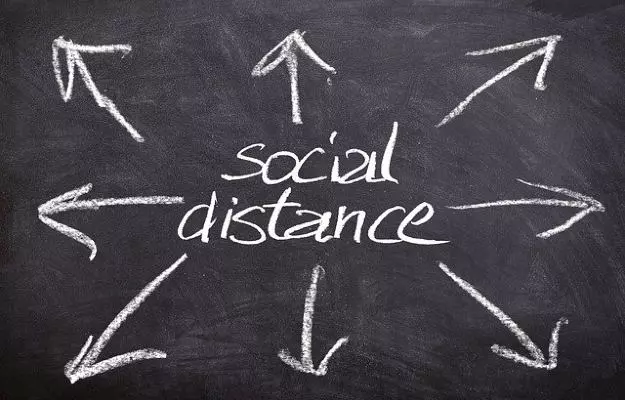The Ministry of Health and Family Welfare defines social distancing as "a non-pharmaceutical infection prevention and control intervention implemented to avoid/decrease contact between those who are infected with a disease causing pathogen and those who are not, so as to stop or slow down the rate and extent of disease transmission in a community. This eventually leads to decrease in spread, morbidity and mortality due to the disease."
Social distancing is one of the more effective ways to slow the spread of COVID-19 infection (slow down, not stop completely, as the World Health Organization has pointed out).
This is especially important as COVID-19 is highly contagious: the viral infection has spread to 177 countries and regions in just three months. Early research on the virus shows that each infected person can make 2 - 2.5 more people sick. Compare this with the flu, which has a “transmissibility” or R-naught (R0) of 1.3. Polio, smallpox and rubella, by comparison, have an R0 of more than 5.
R0 is the rate of reproduction of the infection-causing pathogen - it indicates the number of people who are likely to get sick through contact with an infected individual. According to the US Centers for Disease Control and Prevention, an epidemic is likely to continue until the R0 is brought down to below 1. Social distancing can help to achieve this.
On 24 March 2020, while announcing a three-week nationwide lockdown, Prime Minister Narendra Modi too emphasised the importance of social distancing during the new coronavirus pandemic.
Here's everything you need to know about social distancing:



































